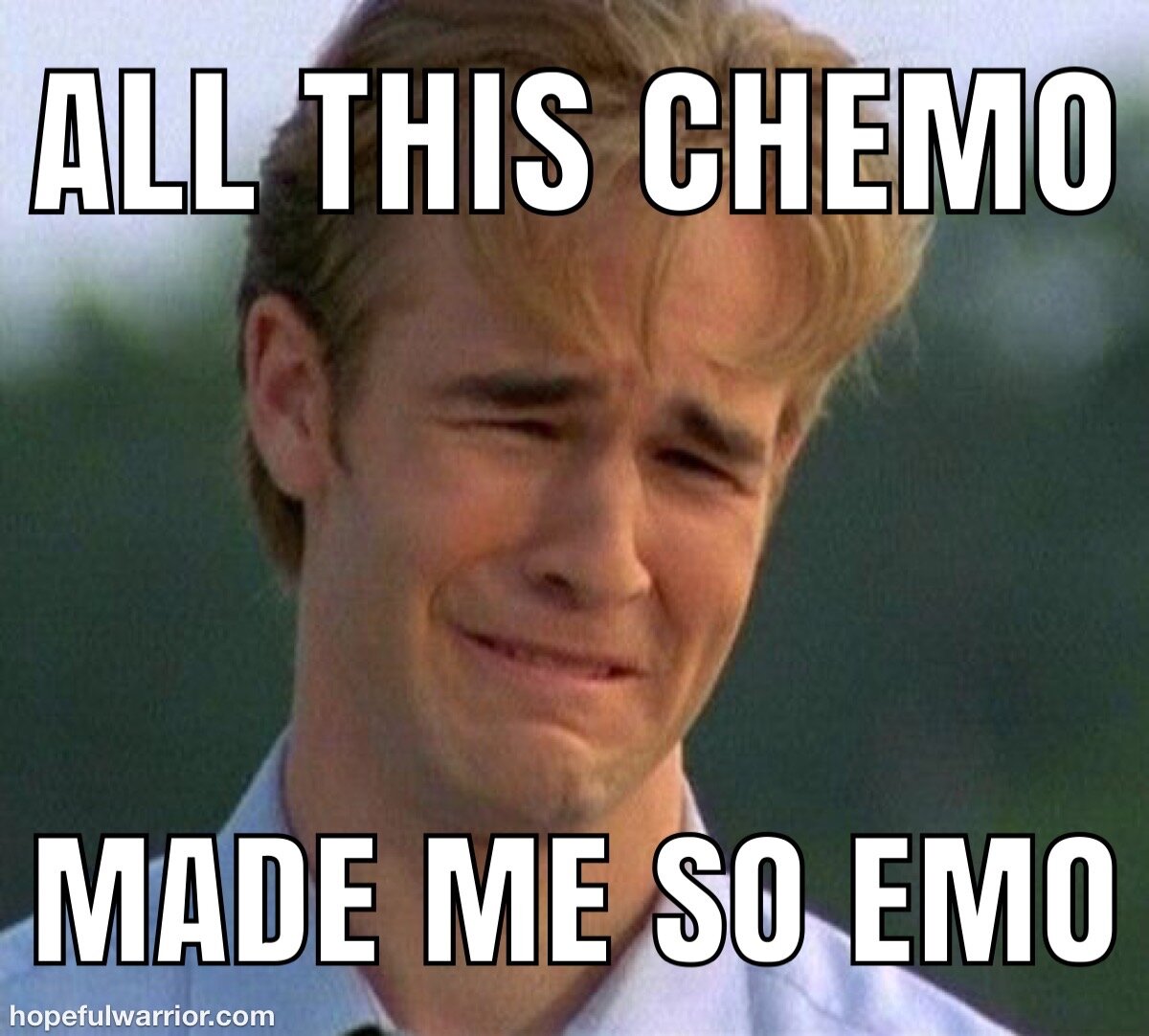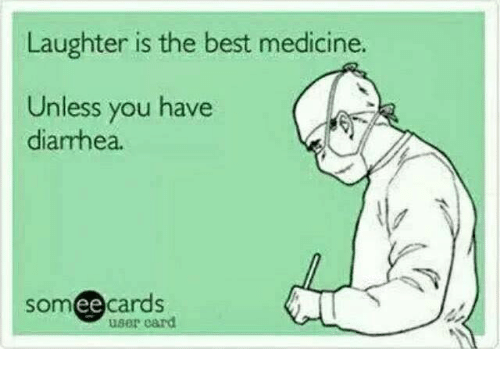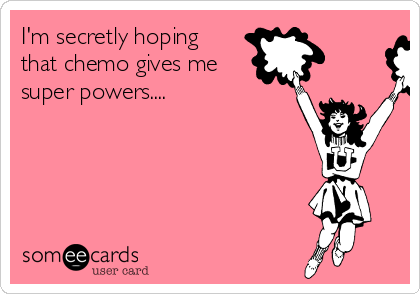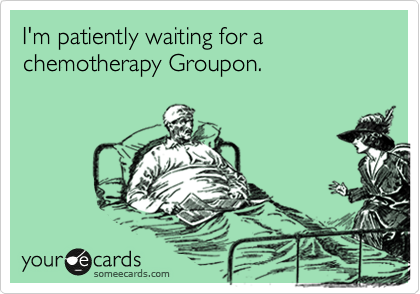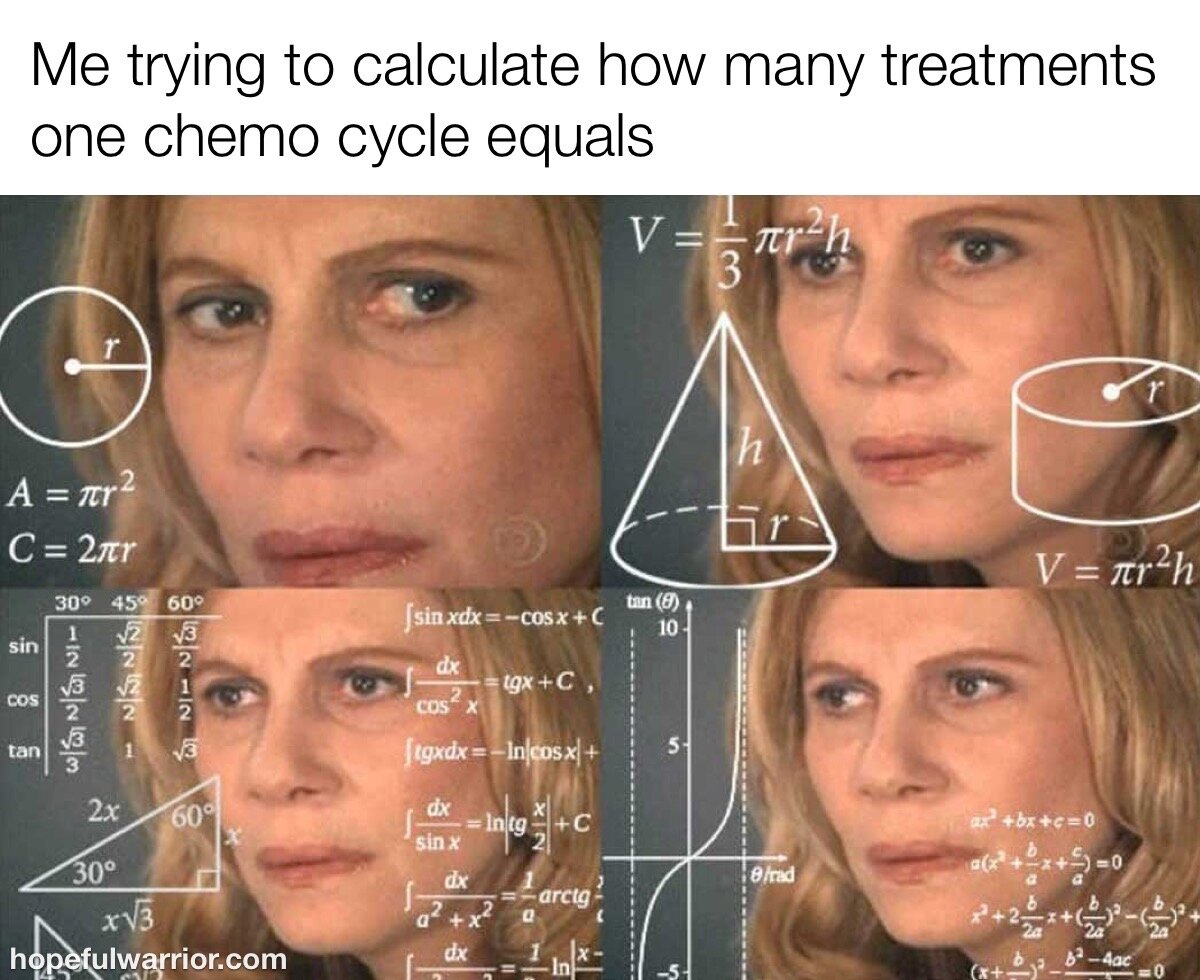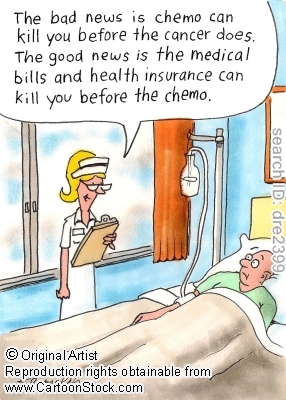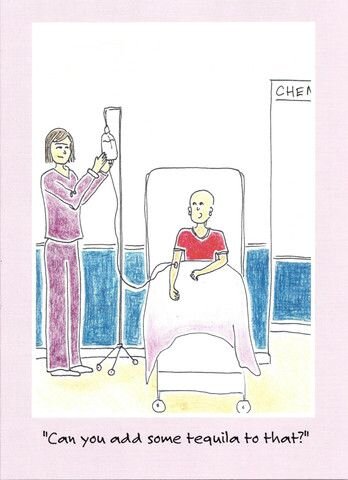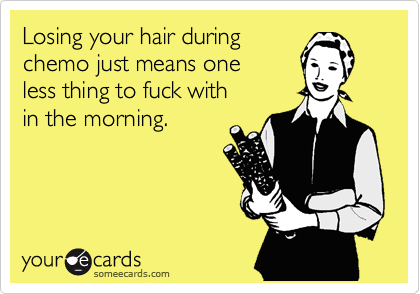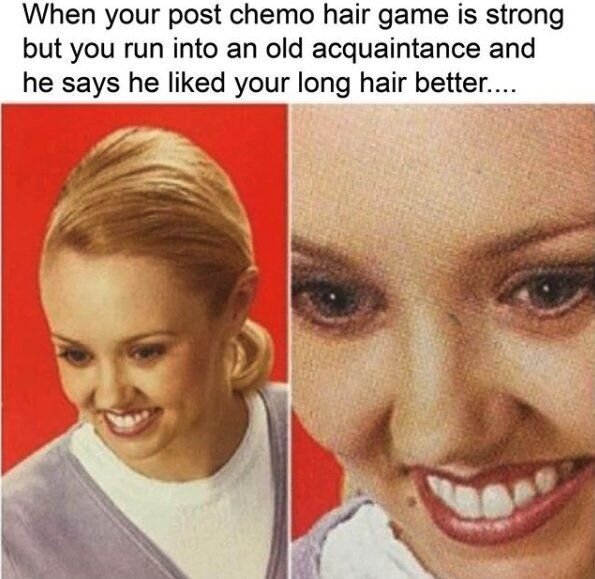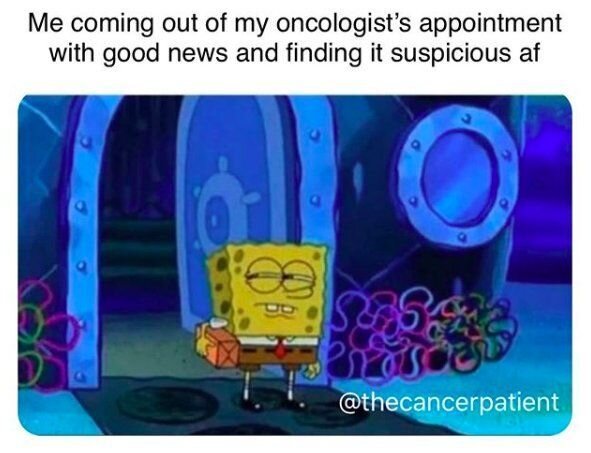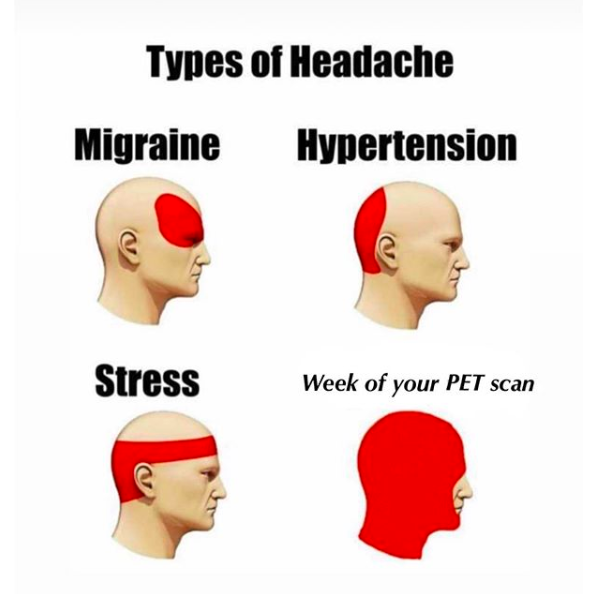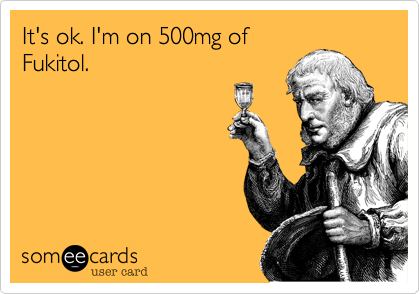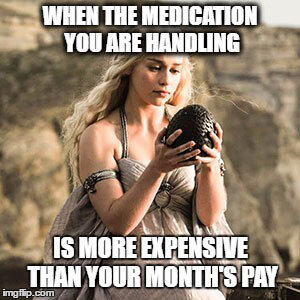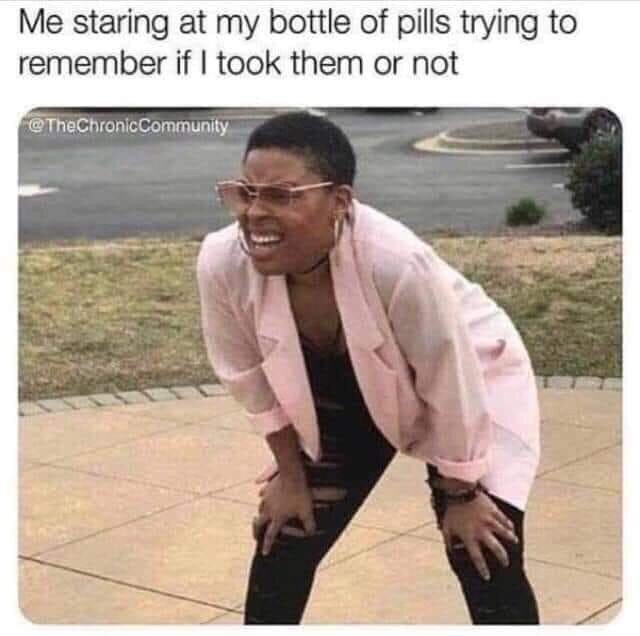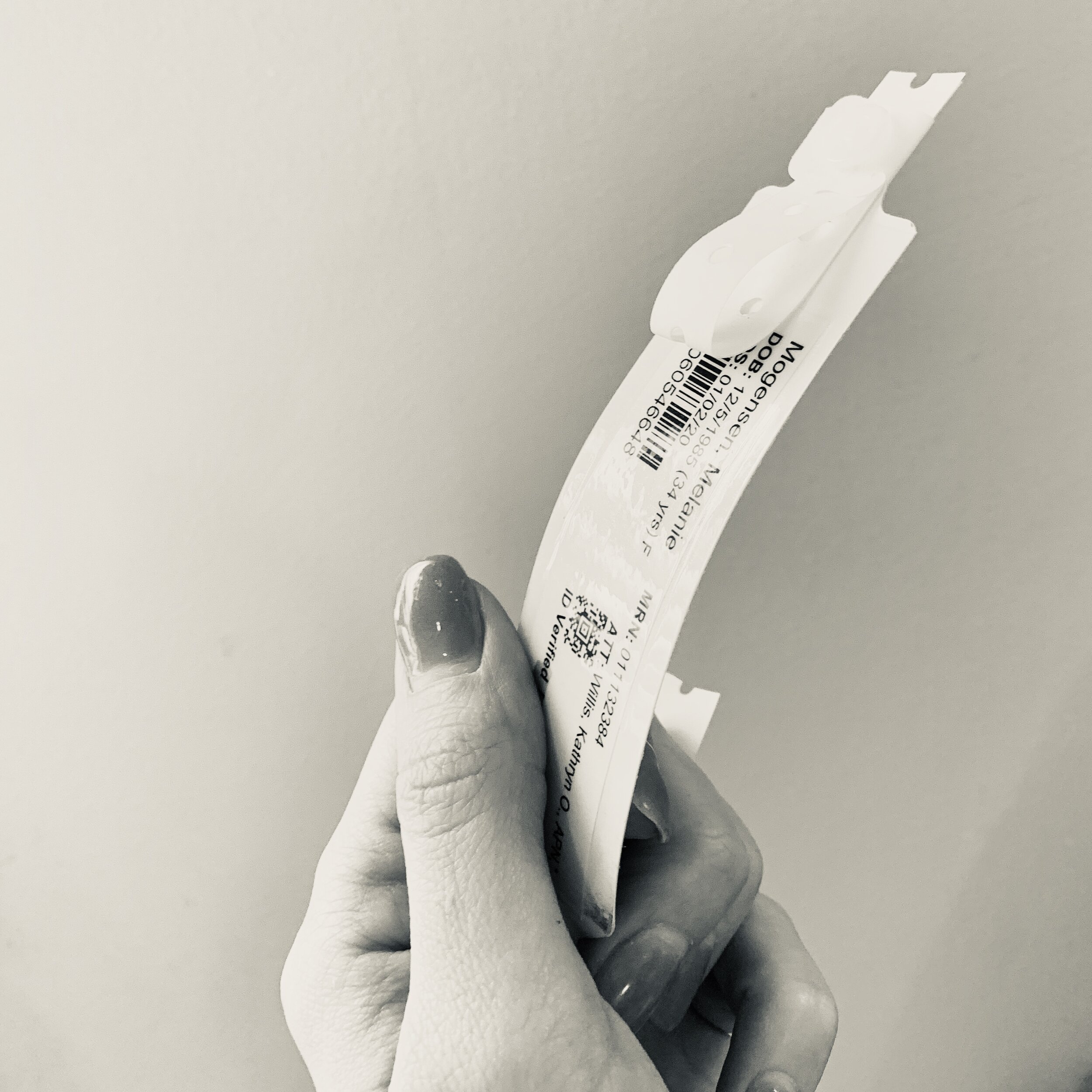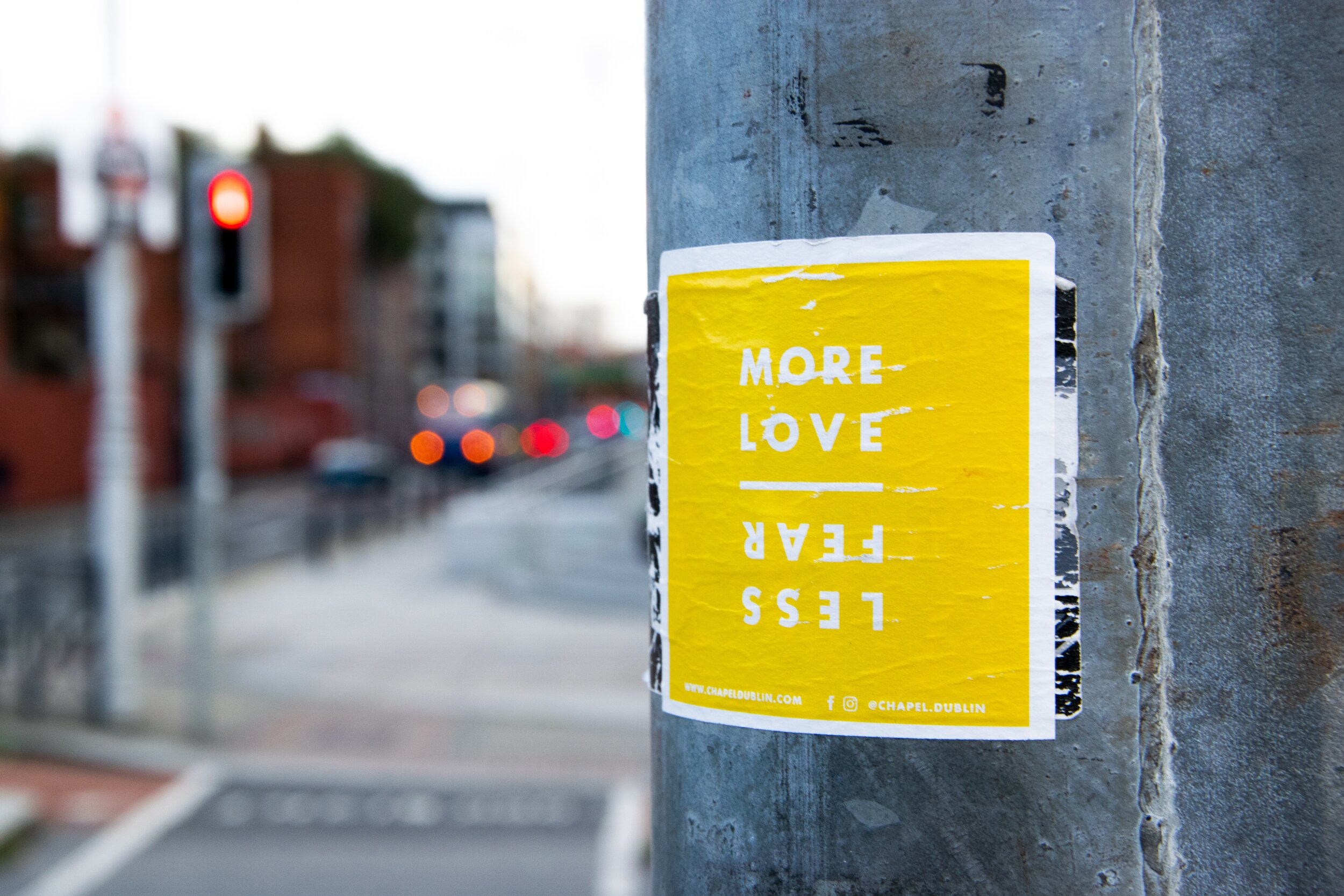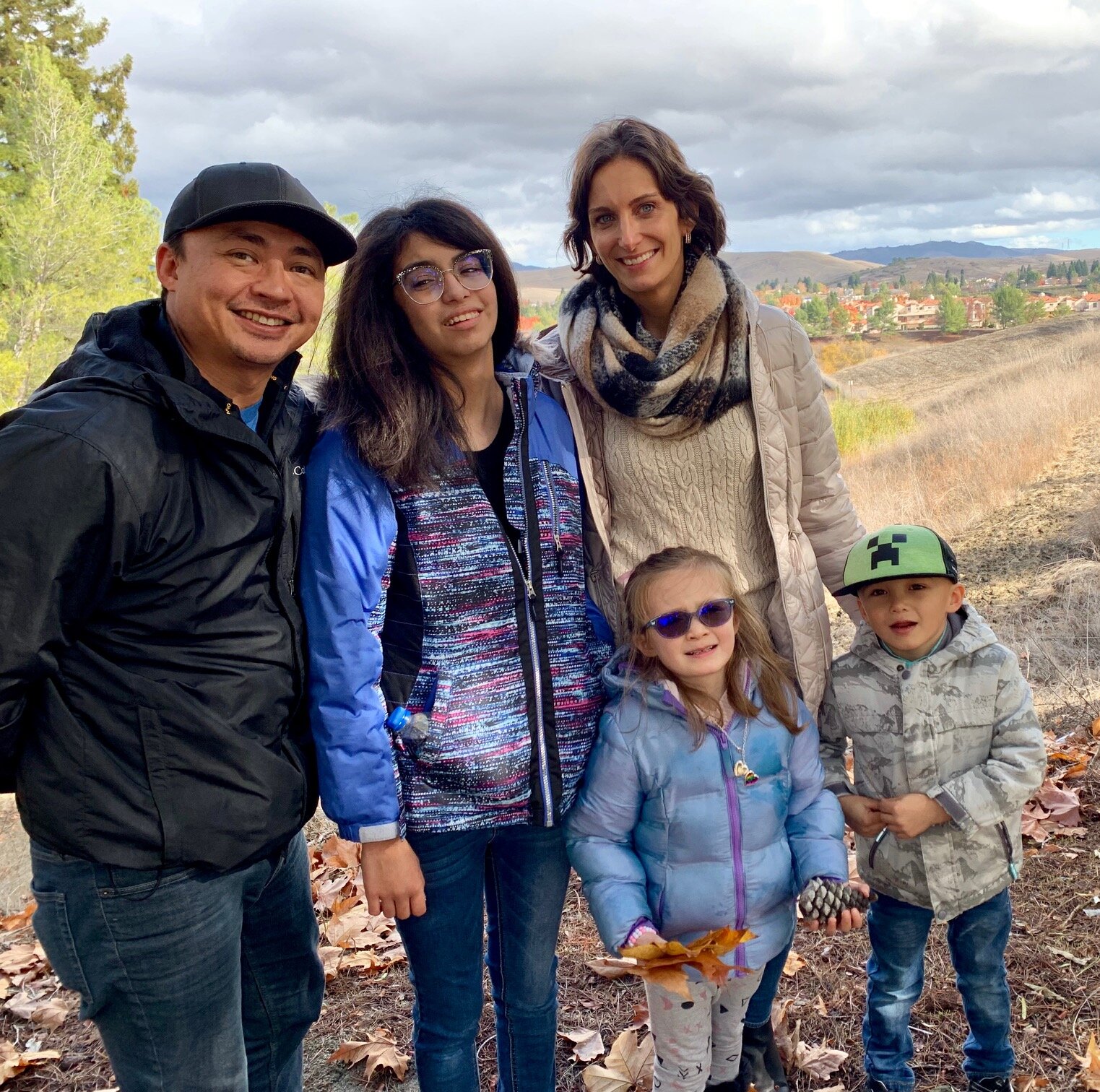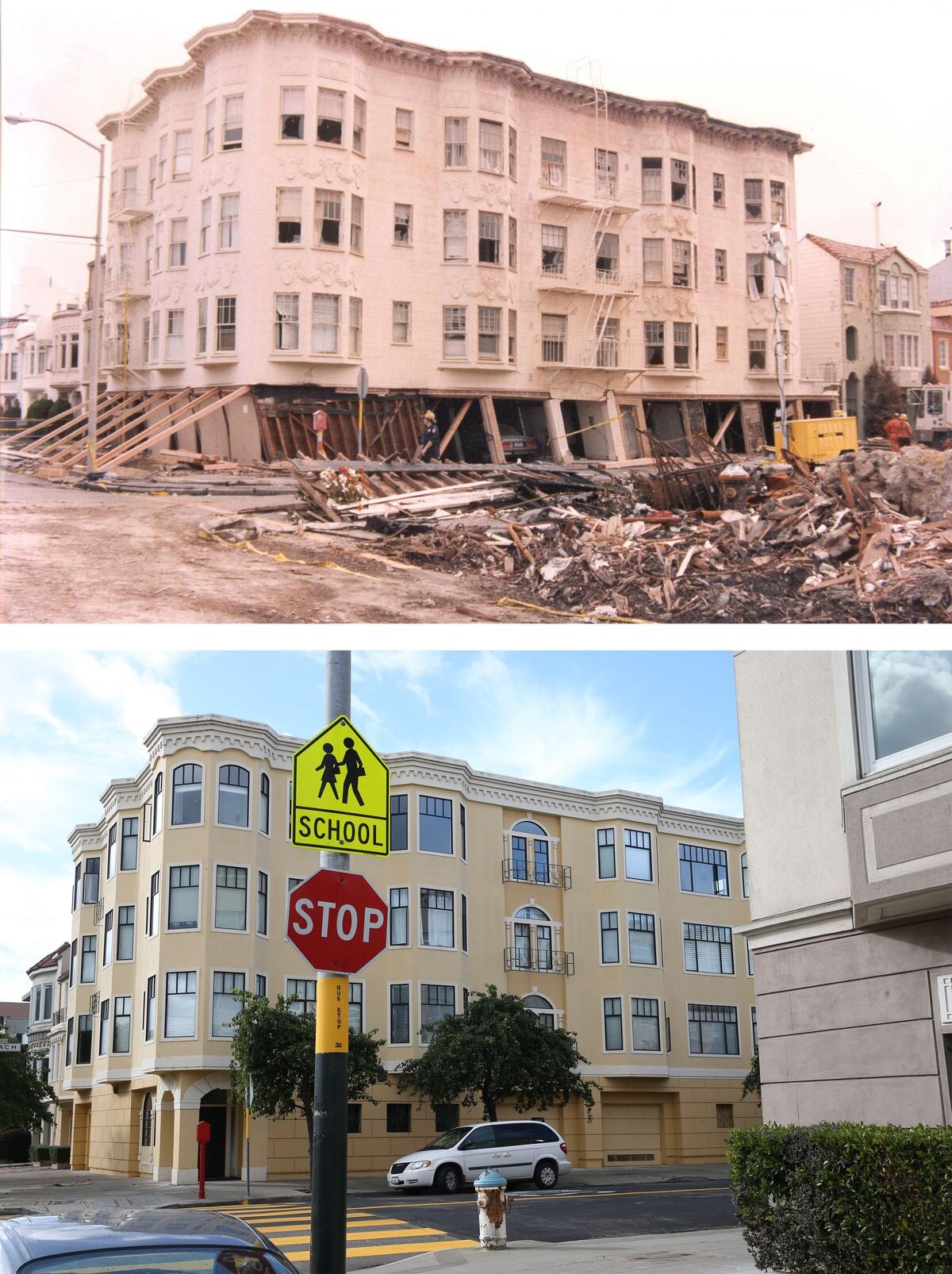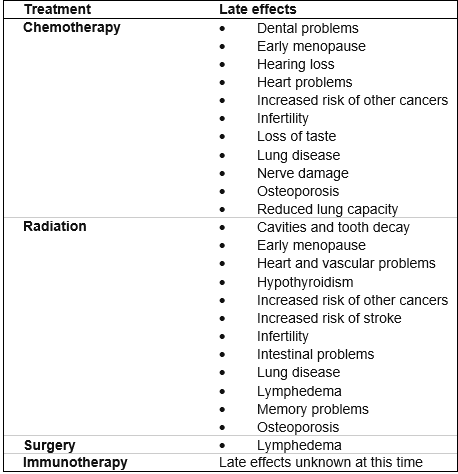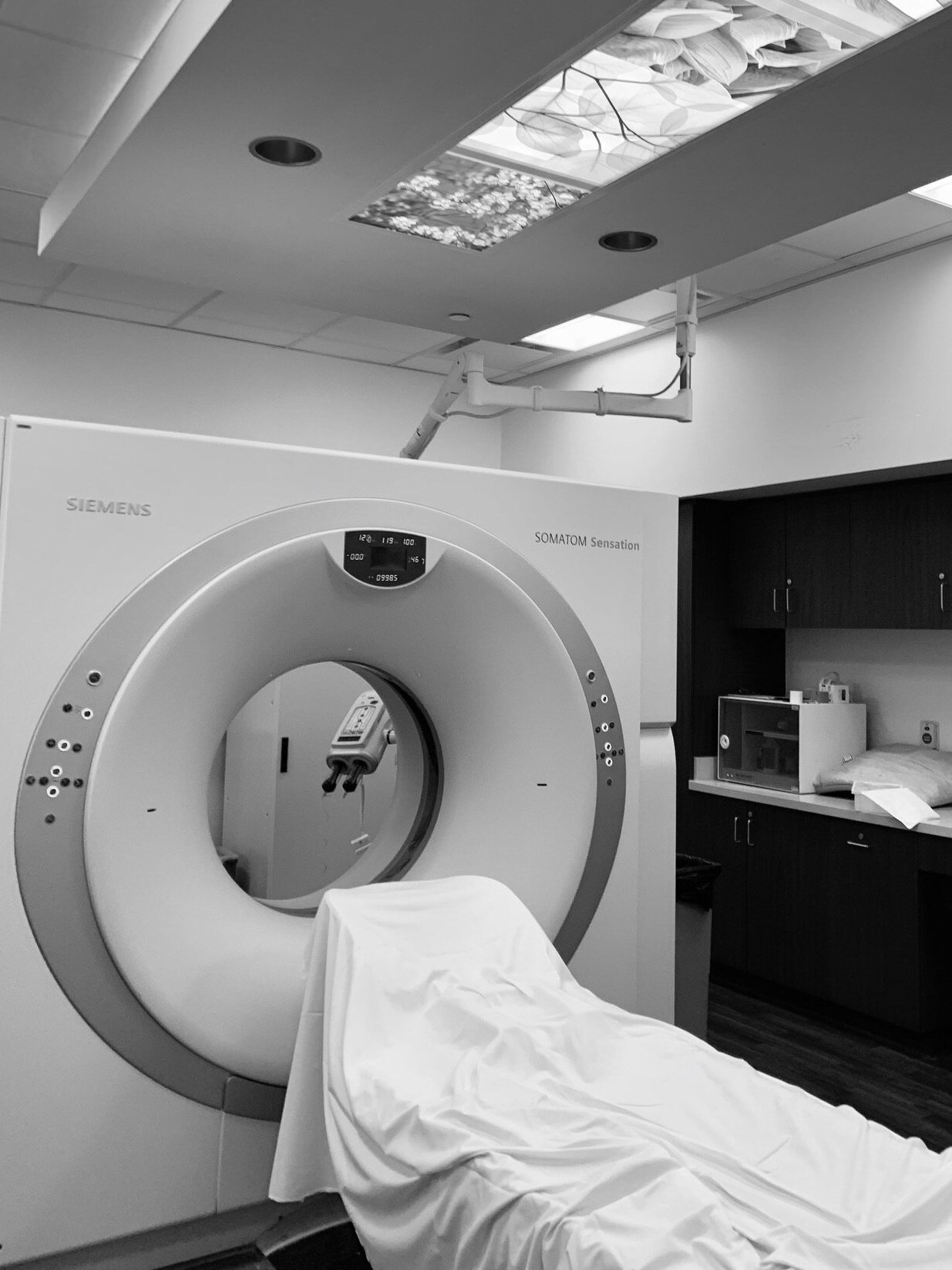Your shadow.
It’s always standing right behind you, just out of view.
Our shadow is our constant companion, yet it’s only fully visible when are standing in direct light.
Each year on February 2nd, we celebrate Groundhog Day, a tradition based on the superstition that determines the ending of winter by whether or not a groundhog sees its shadow.
For the groundhog, running from its shadow means a longer winter season. Similarly, when we fail to recognize and accept our shadow self–or our personal blind spots–we can unnecessarily prolong our suffering and unhappiness.
This tradition made me wonder, what can we gain by facing our shadow side— the things we believe are inferior or unacceptable about ourselves?
How Our Deepest Wounds Become Our Shadow
The shadow is a term coined by psychologist Carl Jung, and it refers to our deepest wounds. The wounds that have us believing we're flawed, unlovable, undeserving people.
Our psychological wounds are often created in childhood, but can sometimes develop later in life. Perhaps you were bullied or experienced a traumatic life event that created a wound. Other times, these wounds are cultural. They develop from prevailing social beliefs, such as the way money is often tied to self-worth.
So, what do we do with the messy, ugly thoughts and urges that just don’t fit with social expectations?
We deny and hide them, and they form our shadow side. Every single human being possesses this buried aspect of personality. As poet Robert Bly says in A Little Book of the Human Shadow, the child puts all of these unwanted parts into an invisible bag and drags it behind him. This repression of unwanted parts creates what psychologist Carl Jung called the personal shadow.
Everything we deny in ourselves—whatever we perceive as inferior, evil, or unacceptable—becomes part of our shadow self. Anything that doesn’t fit with our chosen conscious beliefs about ourselves gets put into this dark side of our personality.
In psychological terms, our shadow refers to everything we can’t see in ourselves. The shadow is the “dark side” of our personality because it consists mainly of primitive, negative emotions and impulses like rage, envy, greed, selfishness, and the desire for power.
The Risk of Ignoring Your Shadow
The ancient Greeks understood the need to honor all of the parts of the psyche. For them, these parts were worshiped as autonomous gods and goddesses. The Greeks knew a god or goddess you ignored became the one who turned against you and destroyed you.
Jung believed our personal shadow is our disowned self. This shadow self represents the parts of us we no longer claim to be our own, including even some of our positive qualities. However, these unexamined or disowned parts of our personality don’t go anywhere. Although we deny them in our attempt to cast them out, we don’t actually get rid of them.
What Happens When You Repress Your Shadow
Every human being has a shadow side. Most of us go to great lengths to protect our self-image from anything unflattering or unfamiliar. So it’s often easier for us to observe someone else’s shadow before acknowledging our own shadow or negative behavior. However, whatever qualities we deny in ourselves, we will also find in others.
In psychology, this is called projection. We project onto others anything we bury within us. If, for example, you get irritated when someone is rude to you, there is a good chance you haven’t owned your own rudeness.
Any part we disown within us, eventually turns against us. Our personal shadow represents a collection of these disowned parts. Problems happen because our shadow side operates on its own, without our full awareness.
Remaining unconscious of our shadow self, often hurts our relationships with our spouses, family, and friends, and also impacts our professional relationships and leadership abilities.
We do things we wouldn’t voluntarily do and later regret. We say things we wouldn’t say. Our facial reactions express emotions we don’t consciously feel. We get triggered by someone else’s actions because deep down we are denying that behavior in ourselves.
Repressing our negative aspects can lead to physical illness, depression, anxiety, divorce, insomnia, chronic pain and even an untimely death.
This is because pushing away parts of our true selves is stressful, exhausting and uses up energy that we need to live healthy lives.
Benefits of Jungian Shadow Work
Dragging around this invisible bag of stuff behind us is physically draining. It is exhausting work to continually repress all the parts of ourselves that we don’t want to face. Mentally suppressing our negative aspects can also lead to physical pain and disease.
With Jungian shadow work, you can free a tremendous amount of energy you were unconsciously investing in protecting yourself. This can improve your physical, mental, and emotional health.
For example, Dr. John Sarno has healed thousands of patients of chronic back pain by helping them acknowledge the repressed rage in their unconscious. Dr. Sarno’s book reveals how many painful conditions-including most neck and back pain, migraine, repetitive stress injuries, whiplash, and tendonitis are rooted in repressed emotions, and shows how they can be successfully treated without drugs, physical measures, or surgery.
Working On Our Shadows
It is believed that our shadow side is a reflection of our power, honesty and passion. If we want to feel whole and balanced and to continue growing and truly heal, we must begin by making friends with our negative side.
The first step in shadow work is to become aware of ongoing patterns in your life. Do you consistently encounter the same problems or experience recurring feelings? These patterns can help to highlight your shadow.
Common shadow beliefs include:
I am not good enough.
I am unloveable.
I am flawed.
My feelings are not valid.
I must take care of everyone around me
Why can't I just be normal?
Exploring your shadow can lead to greater authenticity, creativity, energy, and personal clarity and happiness. Shadow work can bring you inner strength and a greater sense of balance, making you better equipped to take on life’s challenges.
“The privilege of a lifetime is to become who you truly are.”-Carl Jung
Jungian therapy teaches that self-awareness and acceptance are the keys to balancing the conscious and subconscious aspects of ourselves.
One way we can start embracing our shadow side is by becoming more consciously aware of our thoughts and interactions with others.
By becoming more mindful of our thoughts we can learn to simply observe and not react to situations that previously triggered negative behavior or the shadow aspects of ourselves.
A good way to practice being more mindful is to simply:
Treat your thoughts as if they are clouds floating by in the sky. Let them come and go but do not judge or try to fight them. Simply accept and appreciate them for what they are.
Facing our shadow is rewarding, yet challenging life-long work. A big part of healing and finding more peace is doing shadow work. Once you become aware of how your shadow beliefs are holding you back from living your fullest life, you can consciously change your behavior and, in doing so, change your life.
Sources:
A Definitive Guide to Jungian Shadow Work: How to Get to Know and Integrate Your Dark Side” Scott Jeffrey
A Little Book on the Human Shadow Robert Bly
The Mindbody Prescription: Healing the Body, Healing the Pain John E. Sarno M.D.


